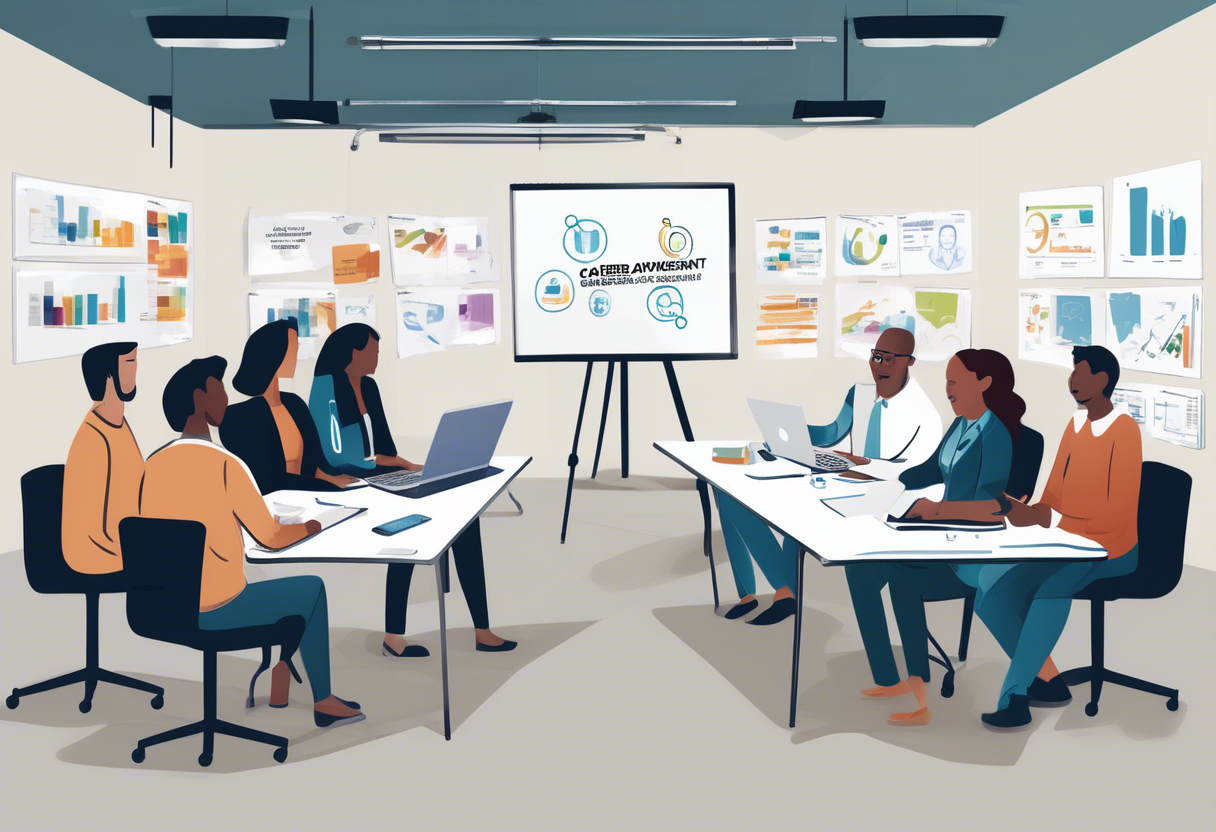
Learning and development matter a lot in our fast-changing job world. Did you know 94% of employees would stick around longer if their company supported their career growth? This shows how important it is for both personal and company success. With job markets getting more complex, people want to boost their skills and knowledge to stand out. Learning and development can make you happier at work and help you earn more. But what can you do to grow your career? And how can companies use these programs to attract top talent? Let's talk about how learning and development can prepare us for future jobs.
Summary: This article explores the significance of learning and development in modern careers, highlighting its benefits for professionals and its role as a talent magnet for organizations. It also discusses strategies for career growth and prepares readers for future job markets.
Key Benefits of Learning and Development in Today's Career Landscape
Understanding the Role of Learning and Development
Learning and development (L&D) is crucial for mastering new skills and keeping pace with rapidly evolving technology and industry trends. Modern workplaces prioritize continuous learning, adaptability, and tailoring programs to meet specific career needs.
Effective Learning Techniques in L&D:
- Microlearning and just-in-time learning: These methods provide concise, relevant content exactly when employees need it.
- AI's Influence on Learning: Artificial intelligence is revolutionizing L&D by crafting personalized learning paths aligned with individual goals and skills, enhancing engagement and efficiency.
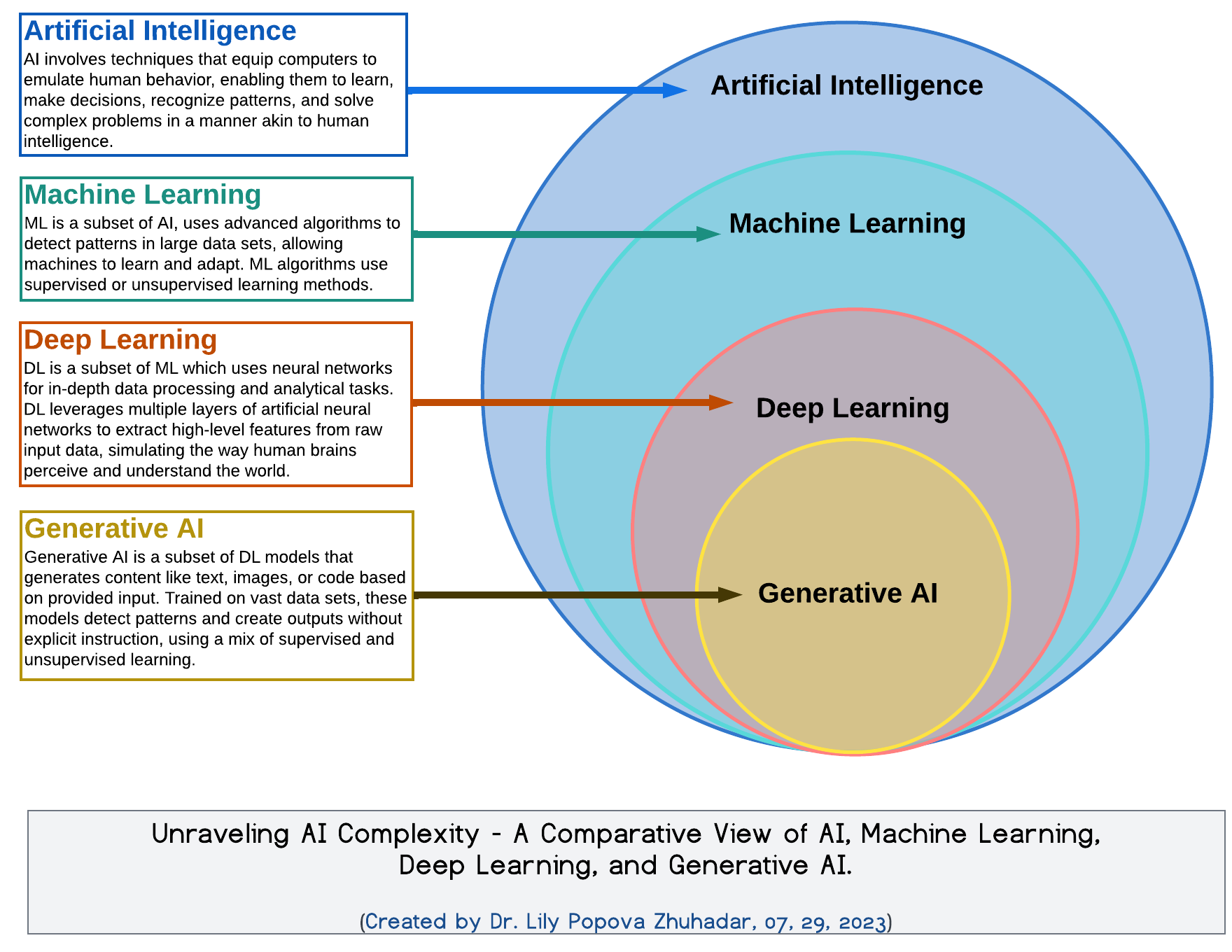
Trends Among Younger Workers in L&D:
Younger employees often prefer peer-to-peer learning and mentoring, as these approaches foster genuine connections and facilitate the exchange of practical knowledge.
Essential Digital Skills for Career Growth:
- Data Analytics
- Cybersecurity
- Proficiency in Digital Tools
These skills are now foundational for career success. Companies leveraging AI-driven learning platforms can recommend courses tailored to employees' needs and promote peer mentoring to enhance teamwork.
The Impact of Learning and Development on Career Advancement
Engaging in professional development broadens knowledge, sharpens skills, and establishes a solid foundation for career growth. It enhances confidence and credibility by equipping individuals with new skills and certifications.
Adapting to Automation and AI:
As job roles evolve due to automation and AI, there is an increasing demand for:
- Critical Thinking
- Problem-Solving
- Emotional Intelligence
Strategic Importance of L&D in Talent Retention:
L&D initiatives are vital for attracting, engaging, and retaining top talent in competitive markets. Employees seek clear development paths and feedback that demonstrates how learning advances their careers. For example, an employee who gains new certifications through company training not only boosts their confidence but also becomes more promotion-ready, while the company benefits from retaining talent through transparent development opportunities.
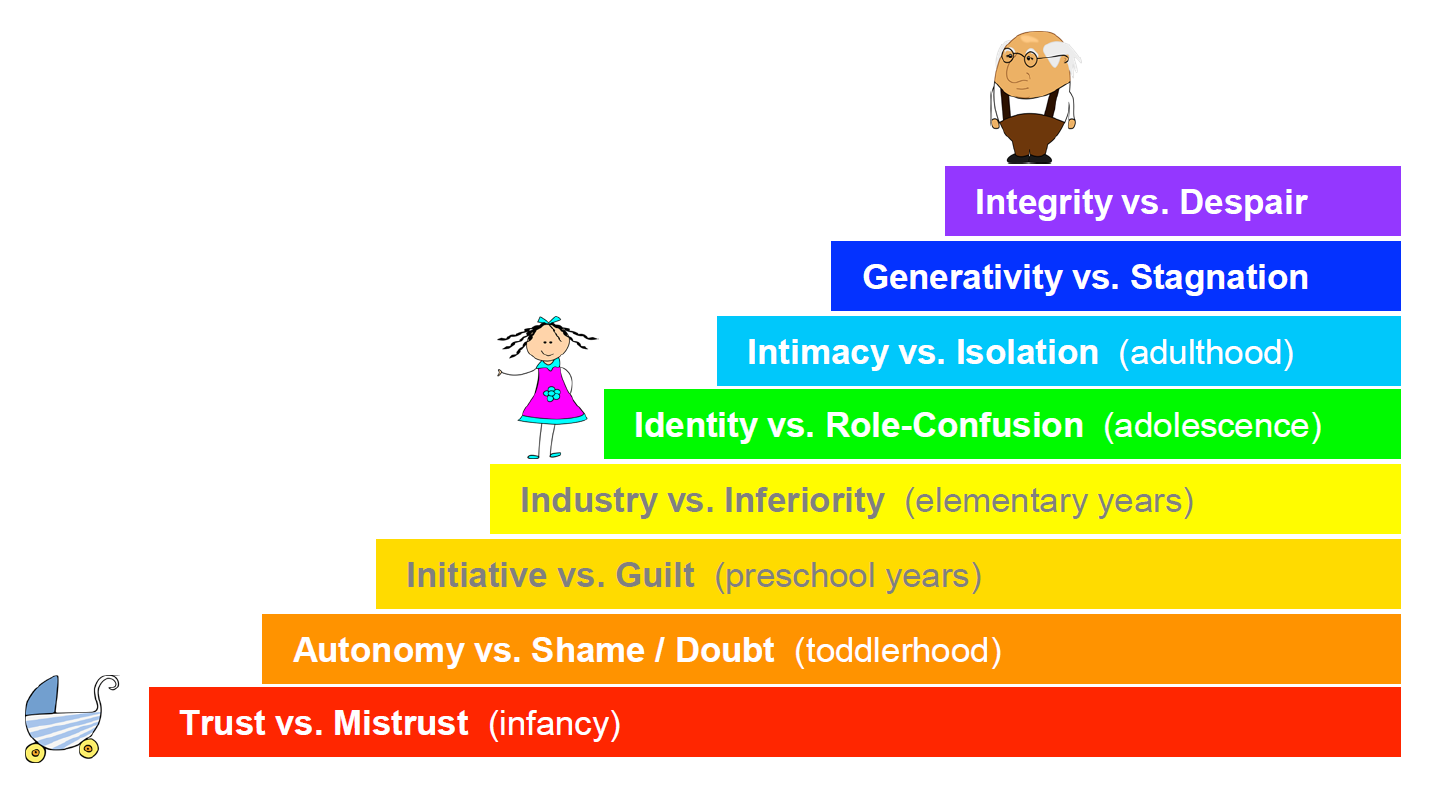
Organizations that prioritize L&D are better equipped to manage change and support long-term employee success.
Learning and development is a strategy companies use to help employees grow, adapt, and succeed in a changing work environment. Effective learning and development programs emphasize ongoing upskilling and reskilling, AI-supported personalized learning paths, and integrating learning into everyday work.
Key Benefits of Learning and Development for Professionals
Developing Adaptability and Resilience Through Learning
In today's fast-paced work environment, adaptability is crucial. Learning and development programs play a vital role in equipping employees with the necessary skills and knowledge to navigate industry changes and tackle new challenges. These initiatives foster resilience, keeping employees agile and competitive, which in turn enhances the overall resilience of the organization.

By promoting a culture of continuous professional growth, companies empower their teams to proactively address market changes, ensuring they remain ahead of the curve. For instance, a tech company implemented continuous learning programs, allowing its staff to quickly adapt to new software trends and maintain their competitive edge during rapid industry shifts. This adaptability not only benefits individual workers but also bolsters the organization’s overall agility and competitiveness. Read more about employee training and development.
Boosting Job Performance and Productivity Through Development
The impact of learning and development efforts on job performance and productivity is substantial. These programs enhance employee skills, leading to improved work quality, increased efficiency, and safer operations, collectively boosting overall productivity. Employees engaged in professional development acquire the expertise needed to excel in their roles, resulting in higher productivity and job satisfaction.
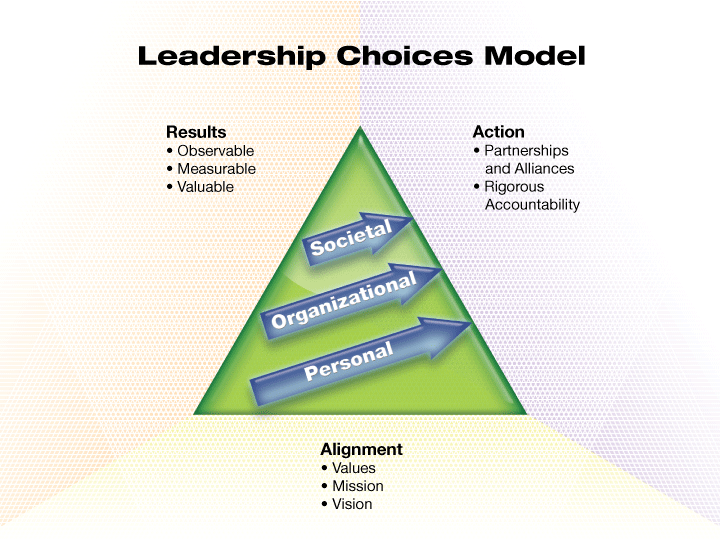
A well-structured training framework ensures uniform knowledge across the board, minimizing errors and enhancing work quality. Notably, 87% of learners report acquiring skills that they can immediately apply, directly enhancing job performance. For example, a manufacturing firm introduced a training program to standardize safety procedures and operational skills, leading to a reduction in workplace accidents and an improvement in output quality. Learn more about professional development.
Advancing Careers with Professional Development
Professional development is a critical component for career advancement. By enhancing employees' skills and knowledge, continuous learning programs address skill gaps and prepare employees for leadership roles, thereby improving their chances for promotion. Employees who participate in professional development tend to be more confident and motivated, often resulting in recognition and career growth.
For example, an employee who completed leadership courses was promoted to a team lead position, thanks to improved skills and confidence. Explore the benefits of professional development.
Cultivating Leadership Skills and Recognition
Leadership development is an integral part of many learning and development programs, focusing on cultivating confident employees ready to assume leadership roles and drive team success. Access to professional development encourages employees to pursue further training, fostering a culture of ongoing leadership growth.
Events such as seminars and webinars provide opportunities to gain industry insights and network, which can lead to leadership recognition. A company that regularly hosts leadership workshops and seminars has observed an increase in internal promotions and a strengthened leadership pipeline. Discover more about leadership and development.
In conclusion, learning and development systematically enhance employees' skills, knowledge, and competencies, resulting in improved work performance, higher morale, and greater job satisfaction. This cultivates a culture of continuous improvement, boosting employee engagement and supporting organizational goals such as innovation, retention, and customer satisfaction. Companies investing in targeted training experience a 17% increase in productivity and a 21% boost in profitability. Moreover, 90% of learners report feeling more confident at work following training, underscoring the significant impact of learning and development on both personal and organizational levels. Learn more about the impact of employee training.
Learning and Development Strategies for Career Growth
Setting Personal Learning and Development Goals
Growing in your career starts with knowing yourself. This involves taking a thorough look at your skills, interests, achievements, and values. It's about figuring out what you want to learn and how it aligns with your career plans.
As you assess your current position, set clear goals using the SMART method (Specific, Measurable, Achievable, Relevant, Time-bound). These goals should be designed to propel your career forward, whether you're aiming for a promotion, switching fields, or becoming an expert in a specific area.
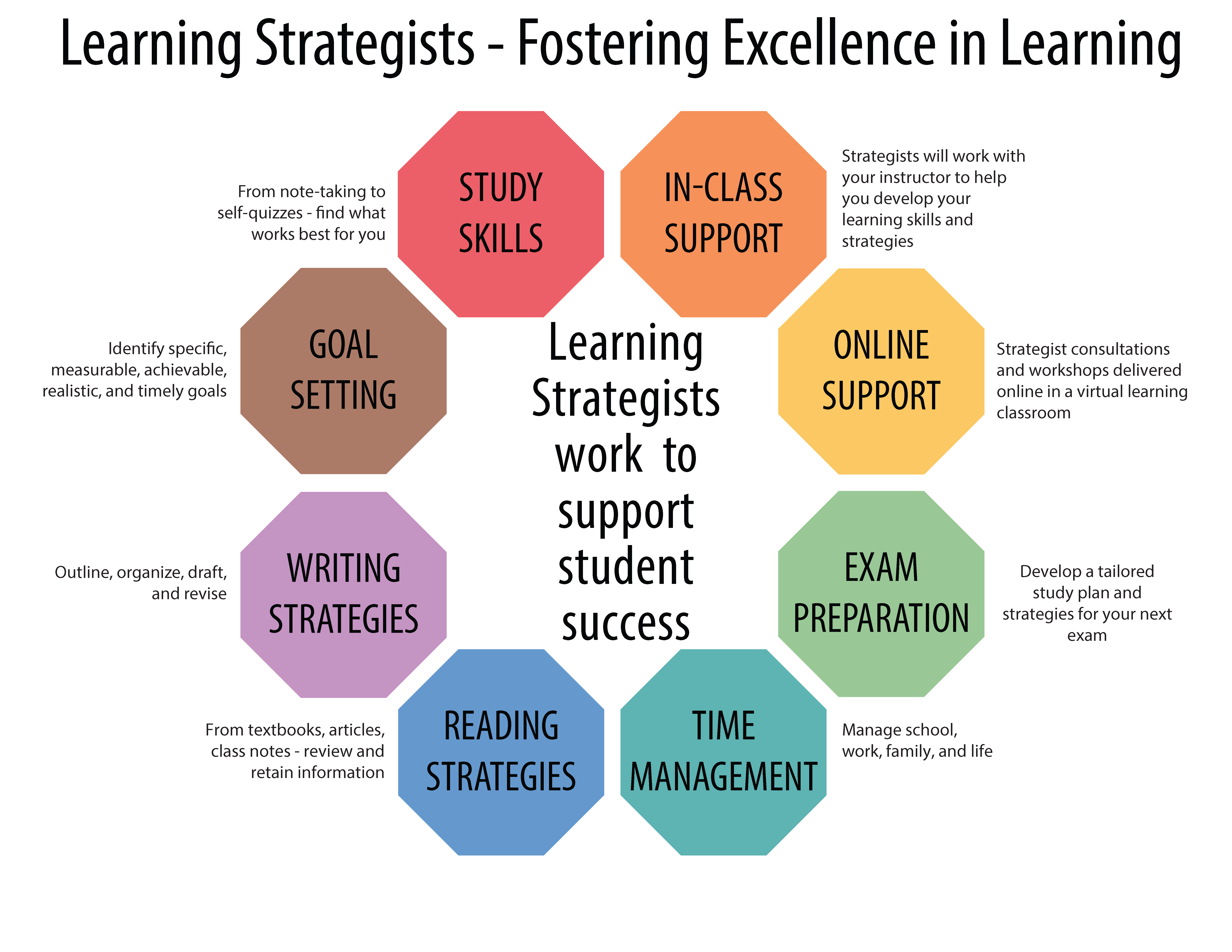
Discussing your career goals with a manager or a trusted colleague can be incredibly beneficial. It might lead to new responsibilities, training suggestions, or job adjustments that align with your aspirations. Continually revisit and adjust your goals to ensure they remain relevant as you and your industry evolve. For more tips, check out career growth strategies.
Utilizing Online Courses for Career Development
The job market is rapidly evolving, and staying competitive requires continuous learning. Approximately 44% of individuals need to acquire new skills or enhance their current ones in the next five years, particularly in high-growth areas like AI, big data, and cybersecurity.
Platforms like Coursera, Udemy, and edX are excellent resources for finding courses to bridge skill gaps. They often collaborate with leading universities and industry professionals to provide high-quality content. LinkedIn Learning also offers courses tailored to your career needs.
Incorporating online courses into your education or formal training can significantly enhance your skillset. Applying these skills in side projects, volunteering, or at work keeps them fresh and applicable. Additionally, company training programs, job rotations, and internal upskilling initiatives provide hands-on skill development aligned with company objectives and may even come with employer support. Discover more about skill development strategies.
Expanding Career Opportunities Through Networking
Building a robust professional network is essential for career advancement. Identify key individuals in your industry and engage with professional communities, both online and offline.
Networking through industry events, LinkedIn groups, alumni networks, and professional communities keeps you informed about trends, uncovers new opportunities, and fosters shared growth. Having a mentor with experience can provide invaluable advice, real-world insights, feedback, and industry connections.
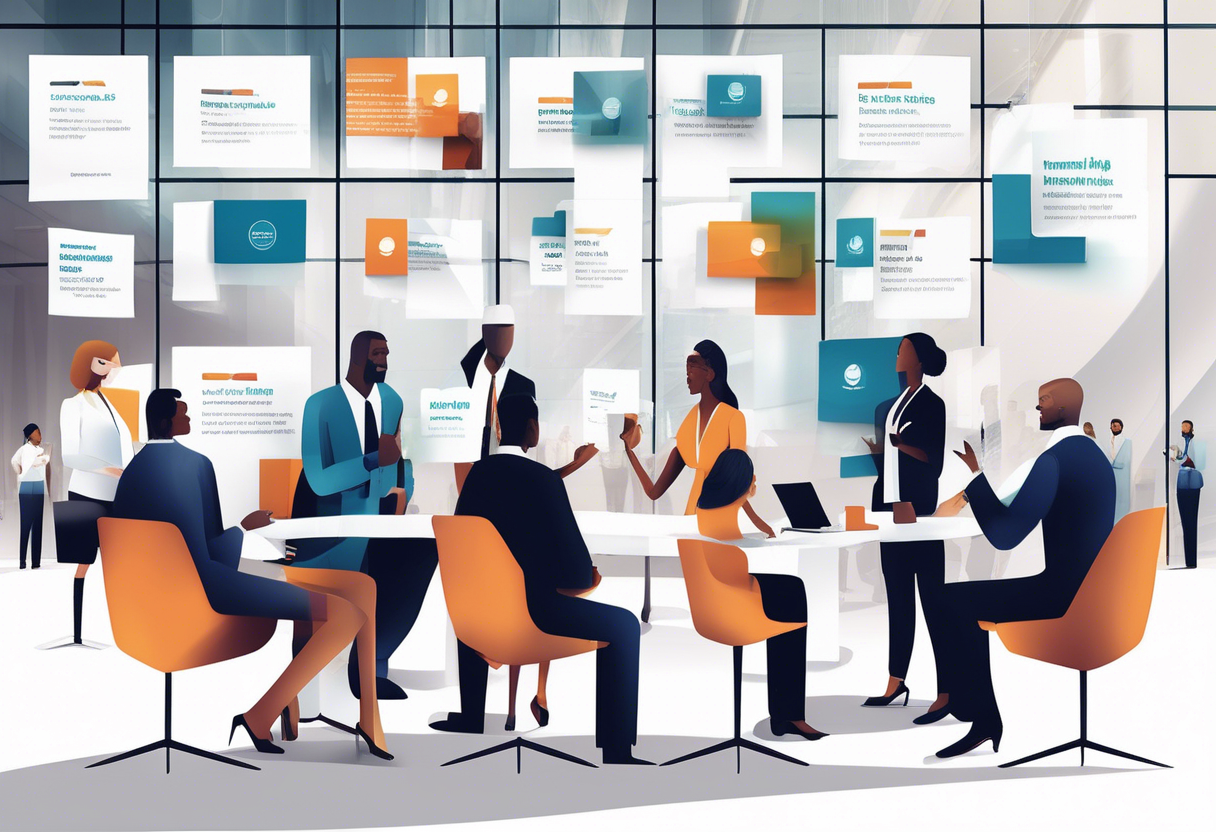
Sharing your knowledge by speaking at events, volunteering, or blogging can reinforce your learning and expand your professional reach. Participating in collaborative activities such as hackathons, group projects, or online forums allows you to apply new skills in real-world scenarios and learn from others.
Building strong professional connections not only opens new doors but also provides a support network to guide you through your career journey. Learn more about networking strategies.
The Organizational Perspective: Learning and Development as a Talent Magnet
Aligning Learning Initiatives with Workforce Needs
Learning and development (L&D) isn't just a nice-to-have; it's key for getting and keeping great employees from the start. When you match L&D with what your workforce actually needs, it makes your workplace more attractive. Recruitment teams can highlight real success stories, like degrees earned or promotions, to show how learning leads to growth. This way, the learning culture fits what employees expect.
Take a tech company, for example. They changed how they recruit by showcasing learning achievements and teamed up L&D with hiring to focus on skills. This led to a 30% bump in quality hires.
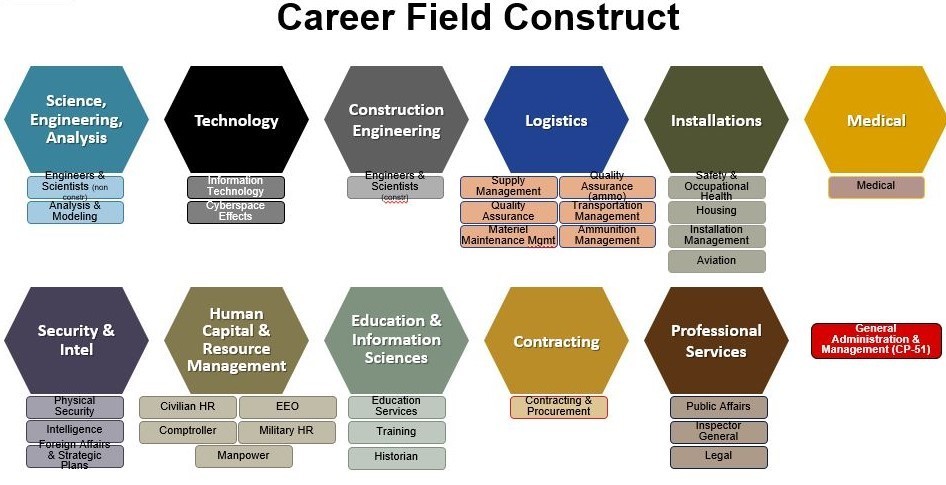
Good leaders know that continuous learning and regular feedback are essential. It keeps employees motivated and aligns their growth with the company's goals. Plus, inclusive leadership makes everyone feel they belong, which draws in diverse talent by appreciating everyone's contributions.
Implementing Effective Learning and Development Programs
To make learning stick, use the latest L&D tech, like MACH architecture and AI-driven content. These tools can automatically adjust learning content and track progress. Focusing on talent development boosts engagement, keeps employees around, and lifts morale by showing you care about their growth and career path.
Good L&D programs sharpen skills, fill gaps, and increase productivity, helping employees work better. Leadership development is also crucial, preparing staff for future roles and ensuring the organization keeps moving forward. Integrating L&D from onboarding to career growth builds strong, future-ready teams and cuts down on turnover.
A retail chain used an AI-powered system to personalize training, leading to a 25% rise in employee retention.

These programs create a culture of innovation, encouraging ongoing improvement and creative problem-solving.
Source: SHRM
Source: The Access Group
Source: McKinsey
Source: ATD Blog
Future of Learning and Development: Preparing for Emerging Job Markets
Key Industry Trends in Learning and Development
In today's fast-paced job market, staying ahead requires spotting and adapting to new industry trends. One of the most significant shifts is the rise of AI-driven personalization and learning assistants in Learning and Development (L&D). These innovations offer:
- Customized learning paths
- Instant feedback
- On-the-job assistance
These features significantly boost engagement and learning effectiveness.
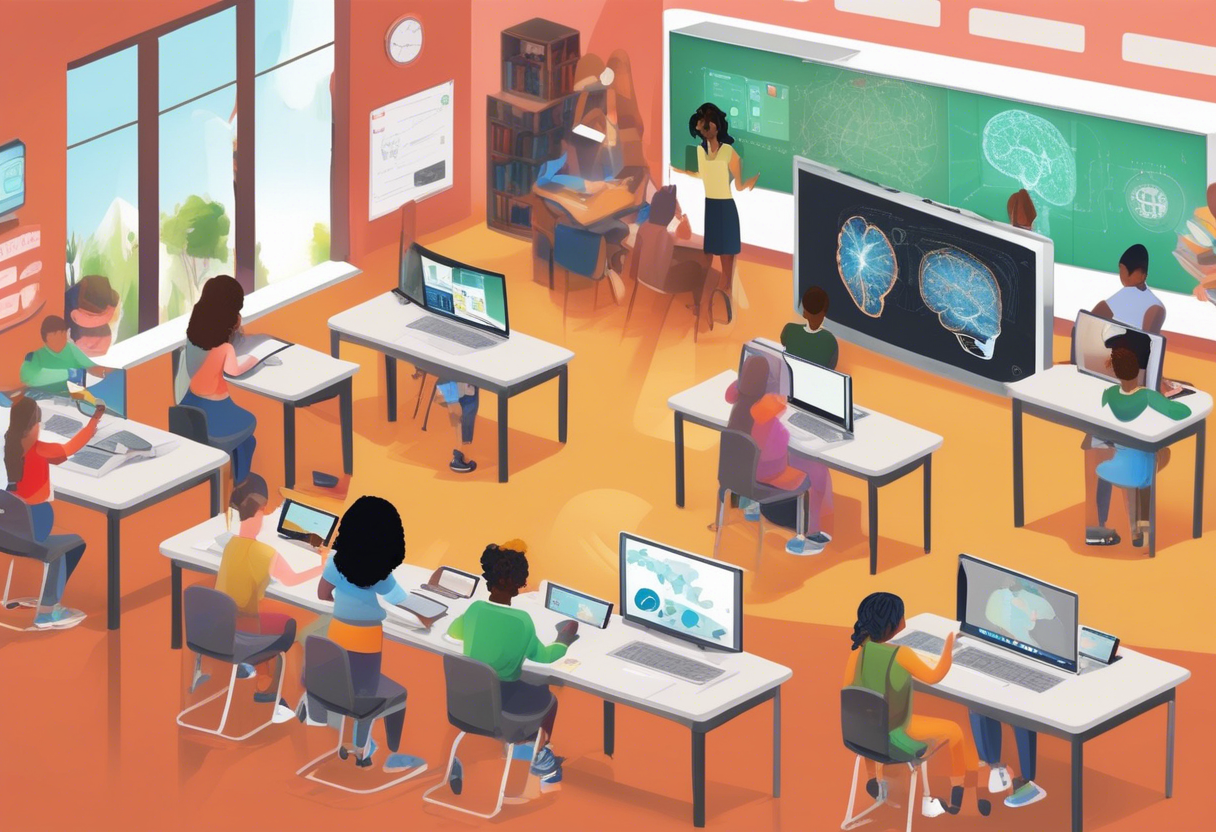
Technologies like Augmented Reality (AR), Virtual Reality (VR), and Extended Reality (XR) are transforming learning into interactive, hands-on experiences. They are particularly valuable for simulating complex or risky environments, providing a safe yet realistic learning experience.
Furthermore, the demand for upskilling in sustainability and green jobs is increasing. L&D is crucial in preparing employees for roles that align with Environmental, Social, and Governance (ESG) standards.
Microlearning is also gaining momentum. It leverages short, focused learning modules, ideal for busy employees by delivering key knowledge in bite-sized pieces. Additionally, AI-generated content is simplifying the creation of learning materials, allowing instructional designers to concentrate on strategic and human-centered learning design.
Essential Tools and Resources for Learning and Development
AI-powered platforms are revolutionizing personalized learning through natural language processing and predictive analytics. They create highly customized learning paths tailored to your career goals and performance.
Immersive technologies such as AR and VR provide realistic, interactive training that enhances skill acquisition and retention. Microlearning tools offer flexible, bite-sized lessons that fit into tight schedules, boosting engagement and knowledge retention.
Moreover, AI chatbots and virtual tutors deliver on-demand, interactive learning assistance, making education accessible anytime and reducing the need for scheduled sessions.
Sustainability-focused L&D resources are essential for developing skills for green jobs and sustainable business practices, aligning workforce capabilities with evolving industry needs. By leveraging these tools and resources, you can prepare for the challenges and opportunities in emerging job markets.
Explore more about these trends and tools:
- AI-powered personalization
- Immersive learning technologies
- Microlearning tools
- AI-generated content creation
- AI chatbots and virtual tutors
- Sustainability-focused L&D resources
Frequently Asked Questions About Learning and Development
Enhancing Workplace Adaptability Through Lifelong Learning
Lifelong learning is key to staying adaptable at work. By keeping skills, knowledge, and competencies fresh, employees can handle changing job demands and future challenges. TalentLMS points out that ongoing learning helps employees adjust to new roles and responsibilities. It’s not just about doing your current job well; it’s about getting ready for what’s next.
A culture of shared learning, as FactorialHR, highlights boosts performance by encouraging skill development.

Skillsoft discusses, employees can handle industry trends and complex environments better. For instance, an employee involved in continuous training is more prepared for evolving roles, helping the company adapt smoothly to market changes.
Demonstrating Initiative with Professional Development Strategies
Showing initiative in professional development means diving into learning opportunities and setting personal goals that match your career and the company’s needs. Skillsoft suggests that joining training programs, workshops, and mentorships shows commitment to growth.
Following a personal development plan, as DavidsonMorris advises, shows you're forward-thinking. Engaging in various learning formats like webinars and online collaborations shows dedication to improvement. Encouraging a learning culture by sharing knowledge, as FactorialHR mentions, highlights leadership. For example, enrolling in certification courses and sharing insights with your team shows real initiative.
Impact of Continuous Learning on Job Satisfaction and Engagement
Continuous learning boosts job satisfaction and engagement by offering growth, challenges, and new skills. Skillsoft says it creates a positive workplace, boosting confidence and engagement.
Programs supporting both professional and personal growth enhance well-being and job satisfaction, as TalentLMS notes.

FactorialHR. Learning activities bridge skill gaps, making employees feel more competent and connected to their roles. Employees in skill-building workshops report higher job satisfaction and are more likely to stay with the company because they feel valued and supported.